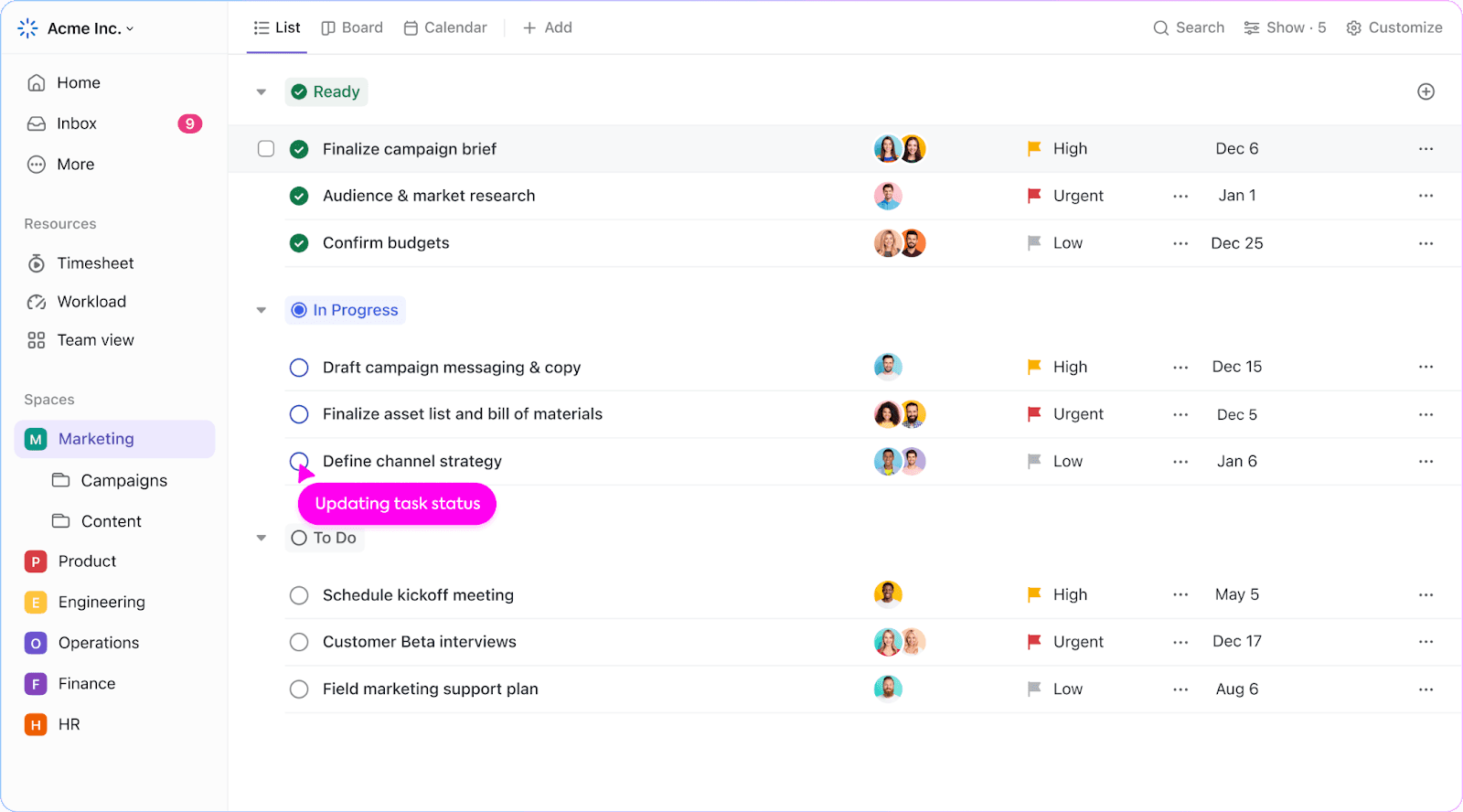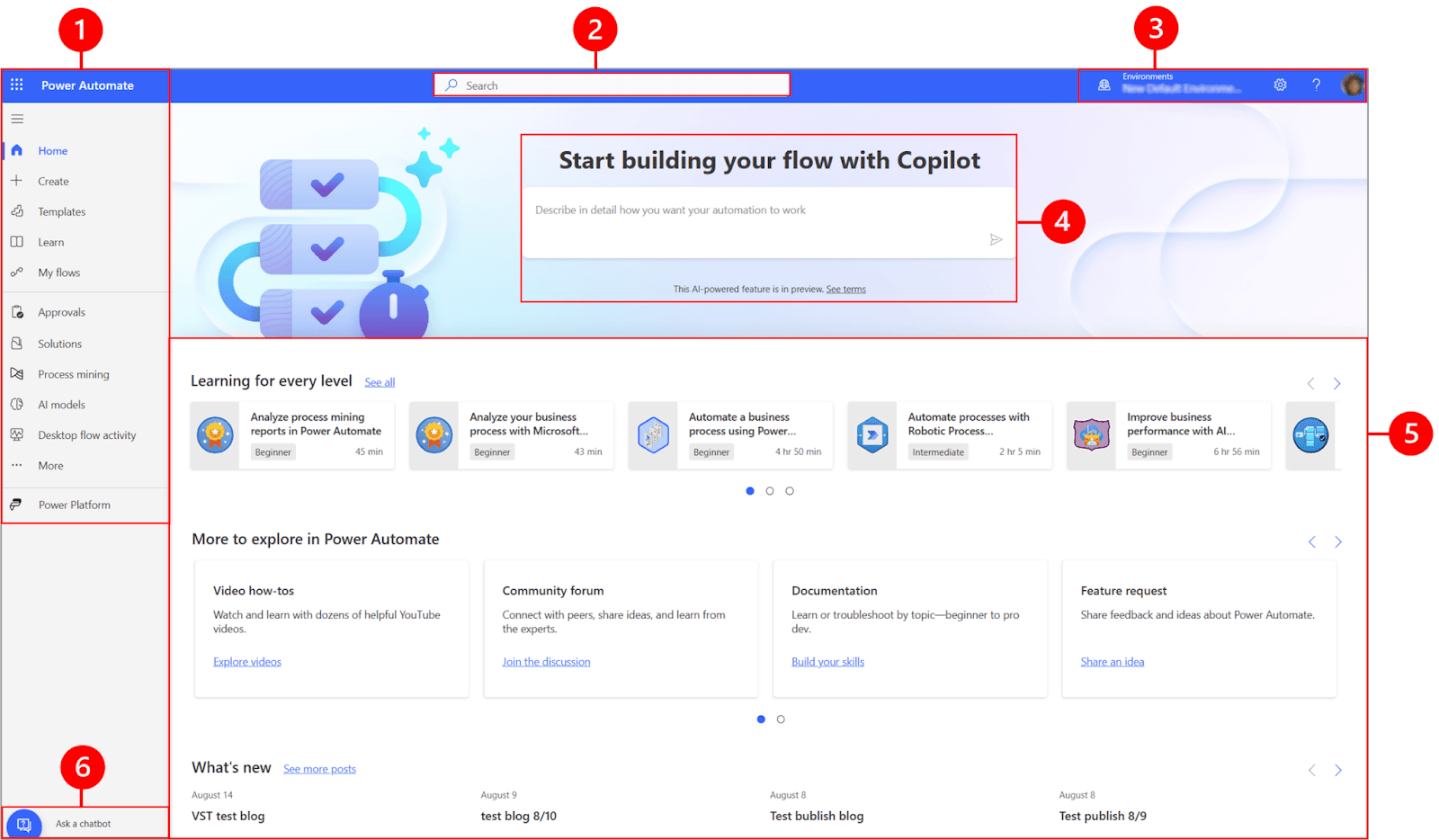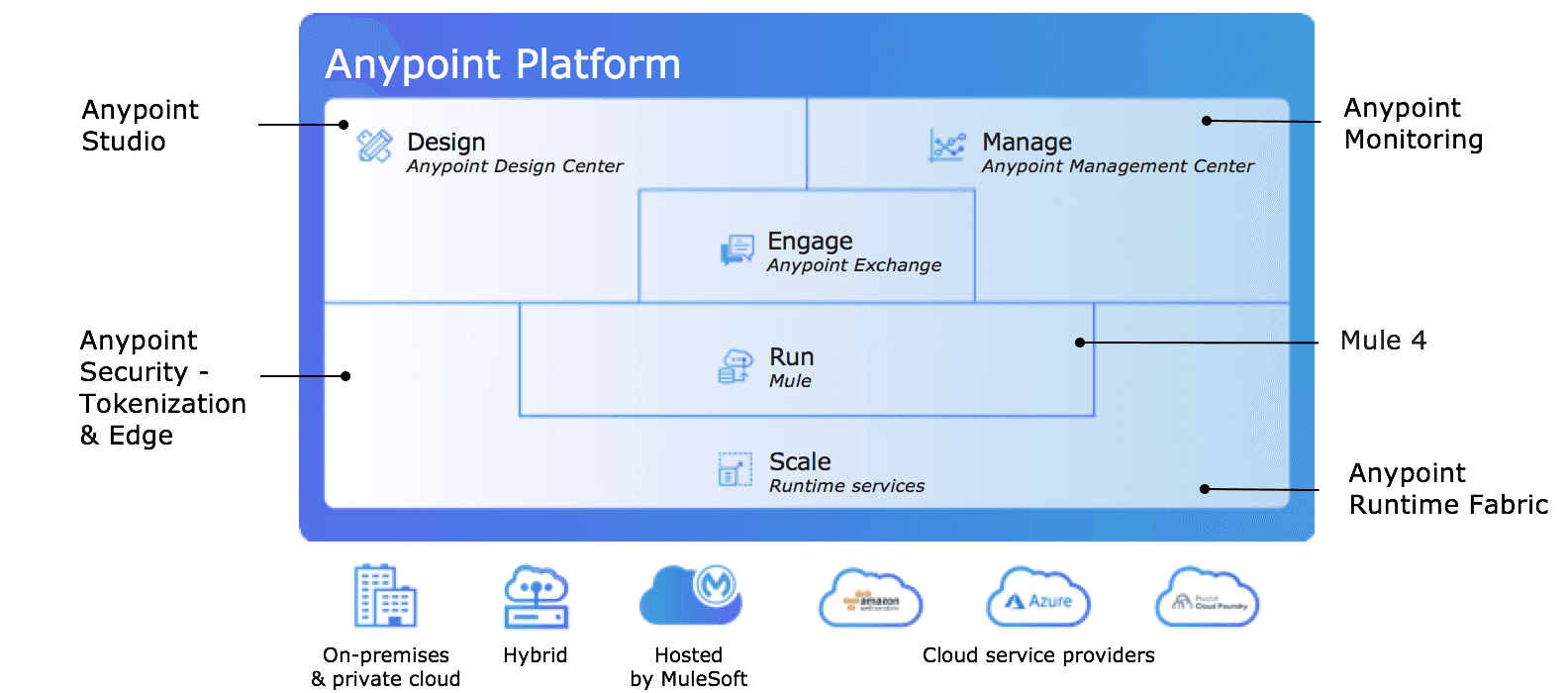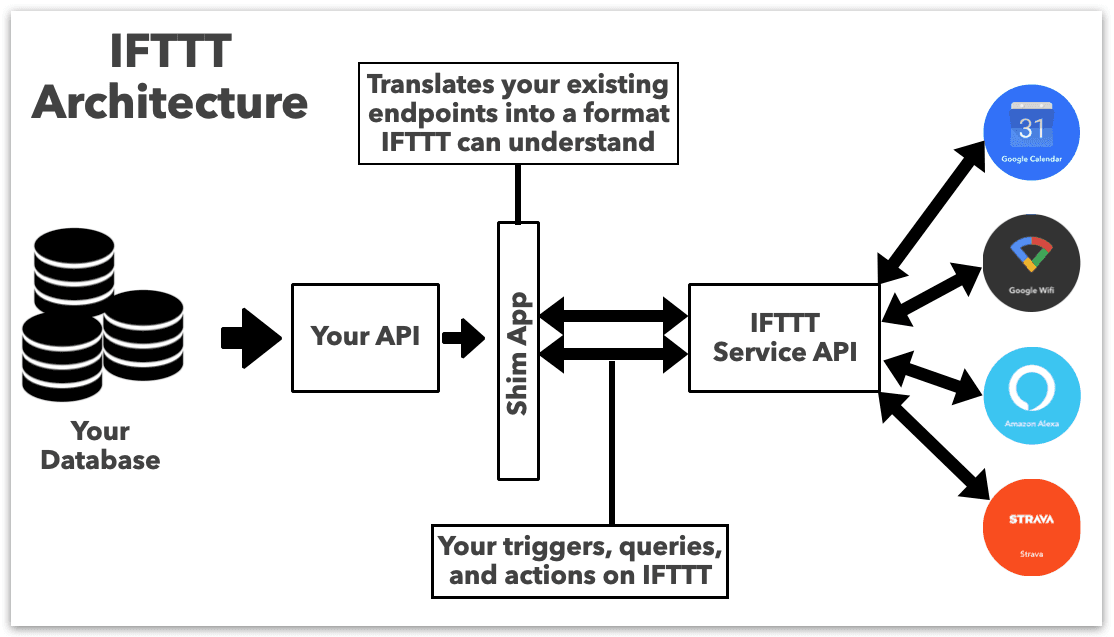Are you a Make user today....but could also see other tools working out better for you? We know exactly what you mean. Companies today are on the hunt for the best Make alternatives that simplify workflow automation, boast diverse integrations, and don't break the bank.
Make creates executable programs as well as library by analyzing source code/makefiles. These give instructions for how the program should run. Although it's popular, it may not be the right fit for your needs.
This article will help you not feel so bad about wanting to move on from Make (it's not you, it's them) by showing you that many other Make users have their grievances with the tool. We'll also show you what to look for in a strong alternative to Make.
Why Are Businesses Looking for Make Alternatives in 2025?
Firms are actively searching for options beyond Make that resonate more closely with their specific requirements. Make (formerly Integromat) automation software tool is widely appreciated for its visual approach to creating complex automations and integrating a wide range of apps and services. However, like any software, users may encounter various issues or limitations. Here's some common concerns and challenges people have reported:
1. Steep Learning Curve
Despite its visual interface, Make can be overwhelming for beginners or those not accustomed to thinking in terms of data flows and logical operations. Users often mention that there's a significant learning curve to effectively use Make, especially when creating complex automations.
2. Troubleshooting Issues
Users sometimes find it challenging to debug automations when they don’t work as expected. The error messages can be vague, making it hard to pinpoint the exact problem, especially in a complex scenario involving multiple modules and steps.
3. Too Many Limits for the Price
Make operates on a credit system, where actions consume credits. Users with high-volume needs might find the credit limits restrictive under the free or lower-tier plans, necessitating an upgrade to more expensive plans. For small businesses or individuals, the cost associated with higher tiers (required for more operations, data transfer, or premium apps) can be a significant concern.
4. Integration Limitations
While Make boasts a large library of integrations, there are still many niche or new apps it doesn't support directly. This can limit its usefulness for users whose workflows depend on these tools. For services not directly supported, users can often use HTTP or custom API integrations, but this requires a higher level of technical knowledge, which not all users possess.
5. Performance and Reliability Issues
Some users report experiencing delays with triggers, where an automation might not run instantly upon the triggering condition being met, leading to potential timing issues in time-sensitive workflows. Like any cloud-based service, Make can have occasional downtime or maintenance periods that may temporarily disrupt users' workflows.
Make is a powerful automation tool that offers extensive capabilities for integrating various applications and automating workflows. However, the challenges associated with its learning curve, debugging, pricing model, and certain limitations in integration and performance highlight the importance of evaluating whether it aligns with the specific needs and capabilities of its users. As with any tool, potential users should consider these factors alongside the benefits Make offers to determine if it is the right choice for their automation needs.
What Are Some Features I Should Look For in a Make Alternative?
Finding the right automation tool to enhance productivity can be like finding a gold bar in your desk drawer. With Make (formerly known as Integromat) setting high standards, it's important to know what features make for worthy alternatives. Whether you're in customer support, sales, or any office job leveraging tech and remote work dynamics, these features are your compass for navigating through the myriad of options available.
1. User-Friendly Interface
The ideal alternative should boast an intuitive user interface that simplifies complex workflows. A straightforward drag-and-drop functionality makes creating automations not only efficient but enjoyable too. This feature ensures users spend less time learning how to use the software and more time harnessing its power to automate tasks.
2. Versatile Integration Capabilities
Automation is all about connecting different apps and services seamlessly. The best alternatives offer extensive integration capabilities with popular tools used by tech workers, remote teams, and office professionals alike. These might include CRMs like Salesforce, communication platforms such as Slack or Microsoft Teams, email services like Gmail or Outlook among others.
3. Robust Automation Triggers & Actions
An effective automation tool doesn't just connect apps; it allows you to create sophisticated workflows triggered by specific events across those connected services (understanding triggers and actions in automation). The more granular control you have over these triggers and actions without needing advanced programming knowledge—the better!
4. Error Handling Mechanisms
Inevitably things don’t always go according to plan—how an automation platform handles errors is crucial for maintaining workflow integrity under unforeseen circumstances. An excellent Make alternative will provide clear notifications on issues encountered during task execution along with options for manual intervention if necessary.
5. Pricing Flexibility & Scalability
Your chosen solution should grow with your needs without breaking the bank every step of the way—a scalable pricing model that caters from small-scale operations up through enterprise-level demands ensures long-term viability without financial strain.
6. Good Documentation
Make can work well, but only when you overcome the learning curve. Since it takes some time to get up to speed, many choose to find alternatives with great documentation or video tutorials.
As reviewer Mark points out on G2, this lack of training is a problem on Make:
Connecting to an application where you need to create a webhook from scratch can be more challenging, especially where the app's API is not very well documented.
By focusing on these key features while choosing from the best Make alternatives for 2025, people working within dynamic roles—from customer support agents grappling with ticket surges, to sales teams aiming at lead nurturing efficiency—can find powerful tools tailored specifically towards enhancing their productivity landscape using AI and automation software.
The Best Make Alternatives for 2025
1. monday.com

In the search for Make alternatives, monday.com stands out with its robust features. This platform shines by offering an intuitive interface that caters to both tech-savvy users and beginners alike. What makes it a strong contender is not just its ease of use but also its deep customization options which allow teams to tailor their workflows precisely.
One key advantage is monday.com's wide array of integrations. In contrast to Make, this instrument effortlessly links with an extensive selection of more than a hundred distinct applications, fostering fluid movement among tasks and tools throughout your online environment. Harnessing the automation capabilities here allows for the streamlining of monotonous chores, thus liberating precious hours for pivotal undertakings.
The collaborative aspect cannot be overlooked either; team members can share boards, update statuses in real-time, and communicate directly on the platform. The cooperative nature of this platform guarantees that all team members remain aligned, avoiding the confusion commonly caused by disjointed email chains or independent messaging applications.
As user Shubham points out on G2:
monday.com is used throughout the various departments to help track of information. monday.com is a great tool for keeping track of items, recording their progress, and conveying statuses and monday.com as a project management tool fou our team members to stay in touch on a specific project. monday.com is great for us because we have several remote working teams. We really like how each member can log in and work on a project at the same time.
2. ClickUp

As another top alternative to Make, ClickUp offers versatility that suits various project management needs across different industries. Its unique selling point lies in how it consolidates tasks, documents, goals, chat, and timelines all into one unified platform. This reduces the need for multiple disjointed tools and streamlines project tracking processes significantly.
The custom views feature allows every user to visualize their workload exactly how they prefer - whether through lists, timelines, kanban boards, or calendars. ClickUp takes personalization further by letting users create custom task statuses, redefining what productivity looks like on an individual level.
User Jeff shares on G2:
We have used several different services over time, Jira, Asana, Trello, etc. The issue you we before was the need for having a separate software for time tracking vs product flow tracking etc. Click up has been so useful for us as a company as all the features it has allows us to condense the programs we use into one.
3. Microsoft Power Automate

For those deeply entrenched in Microsoft's ecosystem, Microsoft Power Automate emerges as a powerful ally. Its strength lies primarily in automating routine operations across numerous Microsoft applications including Office 365, Dynamics 365, and Azure services. With pre-built templates, you get started quickly, enabling seamless data transfers between apps without manual intervention.
This instrument not only simplifies repetitive tasks but also champions intricate workflow enhancements, positioning it as a top choice for enterprises seeking holistic improvements in their operational processes. Power Automate bridges gaps between disparate systems, effectively increasing efficiency while reducing errors caused by manual data entry or transfer processes.
User Brandi says on G2:
I absolutely love the variety of mundane tasks I can automate now, in addition to the fact that I can use it both in the cloud and on my desktop! It may look intimidating at first, but the system is perfectly logical, and once you figure out that logic, automating the things you don't want to waste time on is incredibly easy.
4. Celigo

Celigo is an integration platform as a service (iPaaS) that offers a wide range of features for automating workflows and connecting various applications, making it a noteworthy alternative to Make. While both platforms aim to streamline and automate business processes, Celigo distinguishes itself through its emphasis on ease of use, robust integration capabilities, and enterprise-level features.
Celigo's Integrator.io platform provides users with prebuilt integration templates, known as Integration Apps, which simplify the process of connecting popular applications without the need for extensive technical knowledge. This contrasts with Make, where users may need to build integrations from scratch or heavily customize them.
The platform is designed with a focus on usability, making it accessible for both technical and non-technical users. This is beneficial for businesses looking to empower their teams to create and manage integrations without relying heavily on IT resources.
User Akber says on G2:
I like the best of various things in Celigo, like having the pre-build app do our job easier and we spend less time in implementationCustom flow also helped. cloning the existing integration and deploying is a good way of moving the sandbox to Production. But I suggest there should be thrid environment that is called staging or development. We can move or prompt things from Development to Sandbox and then QA is performed there and move to Production.Ease of Use application is always there and customer support is nowadays getting better where you can connect on chat online and get quick help.
5. Mulesoft Anypoint Platform

Anypoint Platform by MuleSoft is a comprehensive integration and API management tool that serves as a potent alternative to Make or businesses seeking to streamline their application connectivity, automate workflows, and develop, manage, and secure APIs. Anypoint Platform offers a unique set of features that cater to the needs of enterprises requiring robust, scalable integration solutions.
Anypoint provides a single, unified platform for API management and integration, allowing organizations to design, build, manage, and secure APIs and integrations from one interface. This contrasts with Make, which primarily focuses on connecting apps and automating workflows without an inherent emphasis on API lifecycle management.
As one user says on G2:
I really like Anypoint platform's one of the component called Runtime Manager because with the help of it's UI only we can perform all the complicated configuration tasks easily and can perform all the security things such as TLS configurations, firewall rules etc.
It provides ease of implementation and it has number of features which is making a developers and Integration architect's job easy.
Customer support is also really good of mulesoft's Anypoint platform you can easily create a case if in case you face any issue and it will be resolved within a short time.
6. Pabbly

Pabbly is an all-in-one online platform that offers a suite of software tools designed to automate various aspects of digital marketing and business processes, making it a compelling alternative to Make for users looking to streamline their workflow automation, email marketing, form creation, subscription billing, and email verification processes.
Pabbly distinguishes itself with its unified approach to integrating multiple services under one roof, providing an integrated experience that can simplify and enhance how businesses manage their online operations.
At the heart of Pabbly's suite is Pabbly Connect, an automation tool that allows users to connect various apps and automate workflows similar to Make. It supports hundreds of apps and provides a visual interface for creating automation workflows without requiring any coding skills. This feature enables users to automate tasks across multiple applications, improving efficiency and productivity.
User Mridrul says on G2:
The very first thing that I like about Pabbly Subscription is that one can use it even without a website. We can design multiple subscription plans within the tool itself. It is capable of keeping a list of customers and also classifying them as paid or unpaid. It has a neat and informative dashboard that shows all the details, such as how many total customers are there, the total collected amount, separate numbers for recurring and one-time payments, refunds, numbers of canceled subscriptions, and many more useful numbers. It generates reports on a daily, weekly, monthly, and annual basis, which is the most helpful feature.
7. IFTTT

IFTTT (If This Then That) is a web-based service that enables users to create chains of simple conditional statements, known as applets, which trigger actions between different apps and devices. It's designed to facilitate the automation of a wide array of online activities, making it a straightforward and user-friendly alternative to Make (formerly Integromat) for those who require less complex automation solutions.
This tool stands out for its simplicity, offering an intuitive interface that makes it easy for non-technical users to create and manage automations. Unlike Make, which caters to a broad range of complexity in automation tasks, IFTTT focuses on straightforward, conditional logic that is accessible to everyone.
Creating applets in IFTTT is a quick and straightforward process, allowing users to get their automations up and running in just a few clicks. This ease of use is ideal for individuals or businesses looking to implement simple automations without a steep learning curve.
As one user says on G2:
IFTTT is very simple to use, even if you have a limited coding background. It's interface is user-friendly and clearly labeled. IFTTT allows me to automate simple tasks, such as copying new calendar events from one calendar to another or automatically backing up photos to another service. IFTTT runs seamlessly in the background daily despite the fact that I don't even have to think about it.
Which Alternative Will You Choose?
Whether you're looking for something to automate social media or simply find the best productivity apps to speed up your day, many of these tools will help you.
The best Make alternatives come with their own unique features, capabilities, and of course different prices. Ultimately it boils down to which tool fits you and your team's need now and a year from now.
As a final bit of advice, make sure to include your team--you know, the people using the tool--in making the decision of which Make alternative you'll choose.
